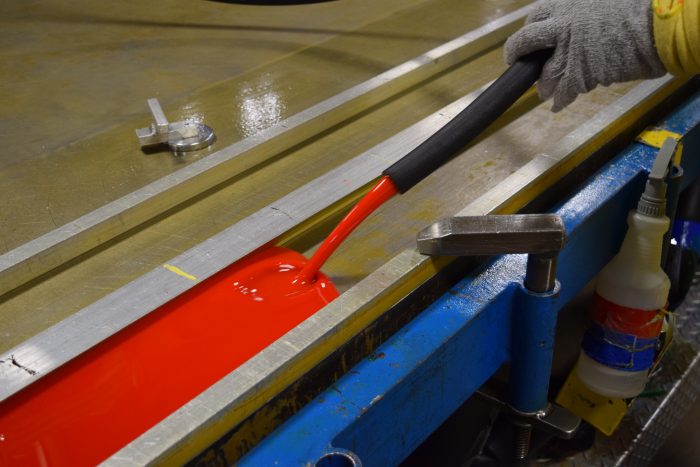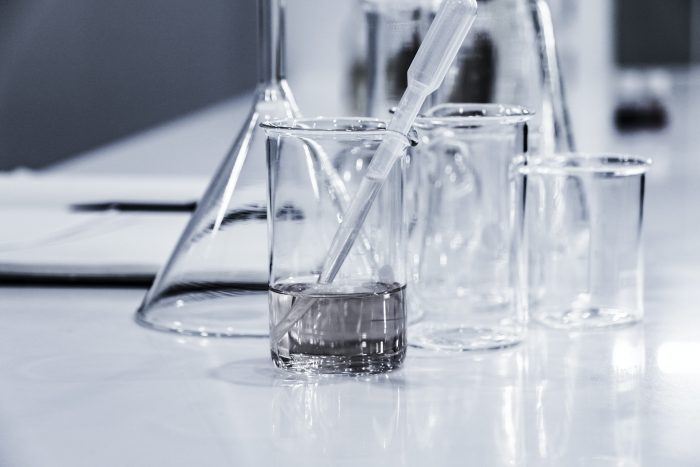It’s plastic, it’s rubber – no, it’s polyurethane!

Photo: An Argonics product in the making. To begin, everything is poured as a
chemically formulated liquid and cast into molds.
A common question we get is what are your products made from? Is it plastic? Is it rubber? Is it Ultra High Molecular Weight (UHMW) Polyethylene? The answer is, no, it’s polyurethane.
Many people think of polyurethane as a clear varnish, but it’s much more than that. Products made from polyurethane are everywhere. They are present in all phases of mining, agricultural equipment, and material handling, as well as the oil and gas industry. Polyurethane is also the leading product of choice for roller-skate wheels, golf ball coverings, bowling balls, scuba fins, and more.

Urethane vs. polyurethane
Sometimes, you may hear these terms used interchangeably, but there is a difference, chemically speaking.
Urethane is a linkage, or reaction, of an Alcohol (OH Group) with an Isocyanate (NCO) group. Urethane acts as the basic building block of polyurethane.
Polyurethane is an organic polymer, consisting of multiple (“poly”) urethane groups. Through a chemical reaction called polymerization, the urethane units join.
The finished products we put on the market are classified as polyurethanes. At Argonics, we manufacture cast polyurethane. This means, we pour a proprietary, chemically formulated urethane mixture into molds of various shapes and sizes to create our products. We mix the chemicals in their purest state, causing a more complete chemical reaction, leading to a superior polyurethane product in finished form.
What are the benefits of cast polyurethane?
Cast polyurethanes are cost-effective, dependable elastomers that combine some of the performance advantages of high-tech plastics, metals, and ceramics along with the resiliency and flexibility of rubber.
BENEFITS INCLUDE
- Non-brittle
- Load-bearing
- Abrasion resistant
- Bonds well to materials like aluminum, steel, fiberglass, and plastic
- Minimizes vibration and noise
- Formulation for use in wet or dry conditions
Polyurethanes are often chosen where resistance to the effects of sliding, stretching, load bearing, impact, cutting and tearing, compression, torsional forces, and aging are involved. In both field application and laboratory tests, polyurethanes show a proven advantage over other materials.
Are there limitations?
Yes. Polyurethane isn’t right for every environment. High temperatures (220-225 degrees Fahrenheit/105-107 degrees Celsius) diminish the properties of polyurethane, due to its plastic/rubber-like characteristics. Moist, hot environments can leave some types of polyurethane prone to hydrolysis, which is a chemical breakdown caused by water. There are also certain chemical environments where polyurethane is not well suited. Powerful acids and bases are damaging, as are solvents, specifically aromatic solvents like toluene or ketone, MEK, acetone, and esters like ethyl acetate.
Tags: chemistry, custom products, engineering, polyurethane, urethane
